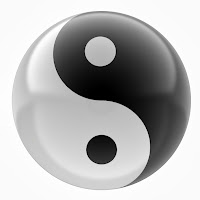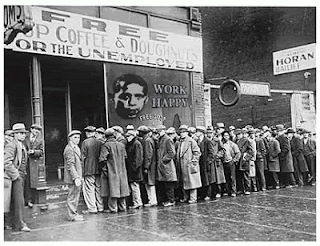 Hearing Lao Tzu one can figure out what was found important long ago: "I have three precious things which I hold fast and prize. The first is gentleness; the second is frugality; the third is humility, which keeps me from putting myself before others. Be gentle and you can be bold; be frugal and you can be liberal; avoid putting yourself before others and you can become a leader among men."
Hearing Lao Tzu one can figure out what was found important long ago: "I have three precious things which I hold fast and prize. The first is gentleness; the second is frugality; the third is humility, which keeps me from putting myself before others. Be gentle and you can be bold; be frugal and you can be liberal; avoid putting yourself before others and you can become a leader among men."How about today?
The Gallup informs us that the ‘vision thing’ pales in comparison to instilling trust, compassion, stability, and hope when debating what followers expect from their leaders.
Is it any different from the past?
 I do not think so, just the wording is kind of more puzzled when reading ancient texts. What I understand is that followers expect a lot from their leaders. When they don’t get what they expect the first thing they begin to lose is trust and respect for their leader.
I do not think so, just the wording is kind of more puzzled when reading ancient texts. What I understand is that followers expect a lot from their leaders. When they don’t get what they expect the first thing they begin to lose is trust and respect for their leader.What I would expect from the followers is their hope for leaders to have greater emotional intelligence – what Daniel Goleman has already introduced in the previous century. With it a leader connects more intuitively with his followers. But this connection is never one way. Followers anticipate to be heard, understood and given enough attention to feel that their contributions and opinions matter. They envisage a leader to become opportunity enabler and an exceptional coach for them to help improve their performance.






















